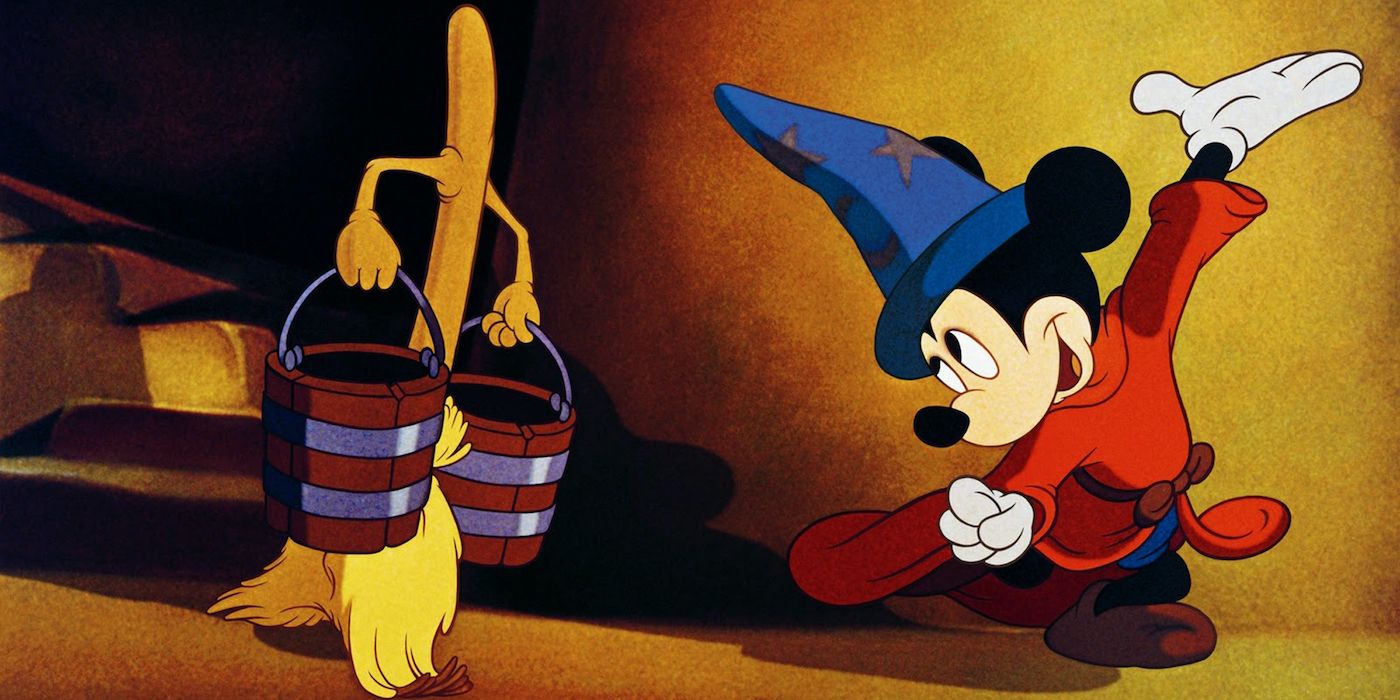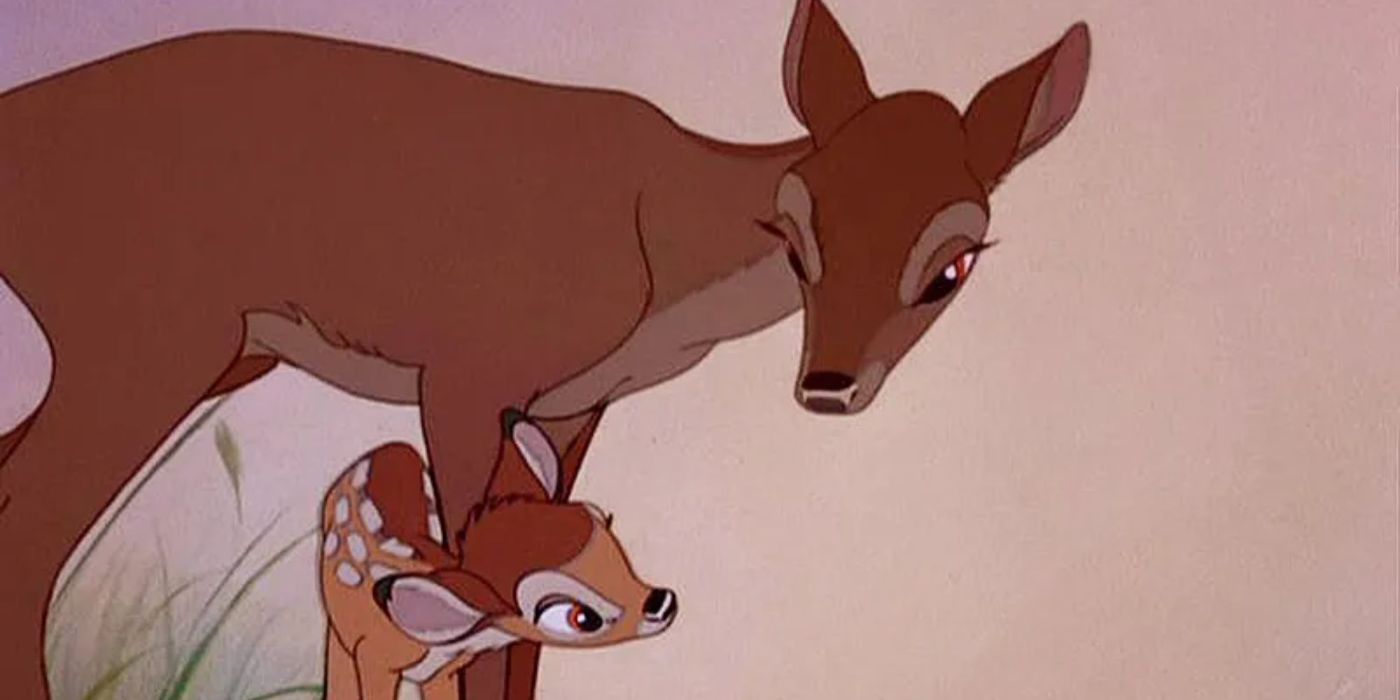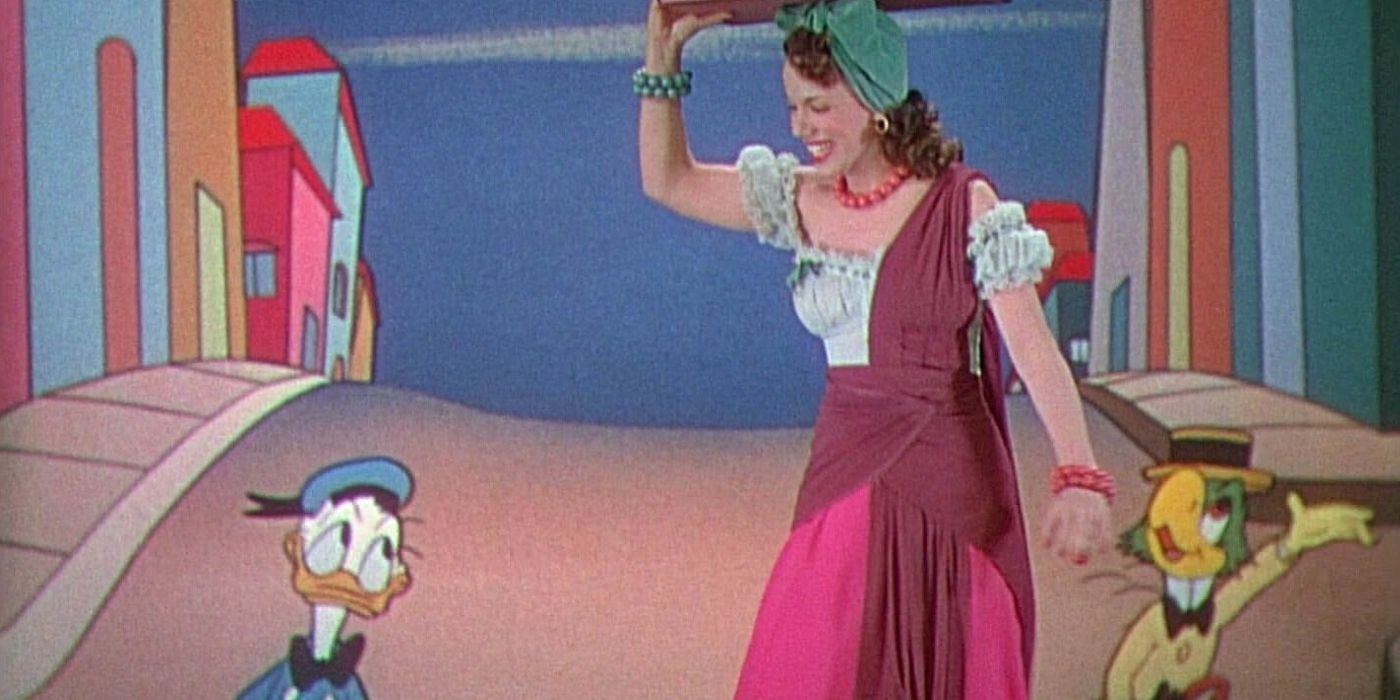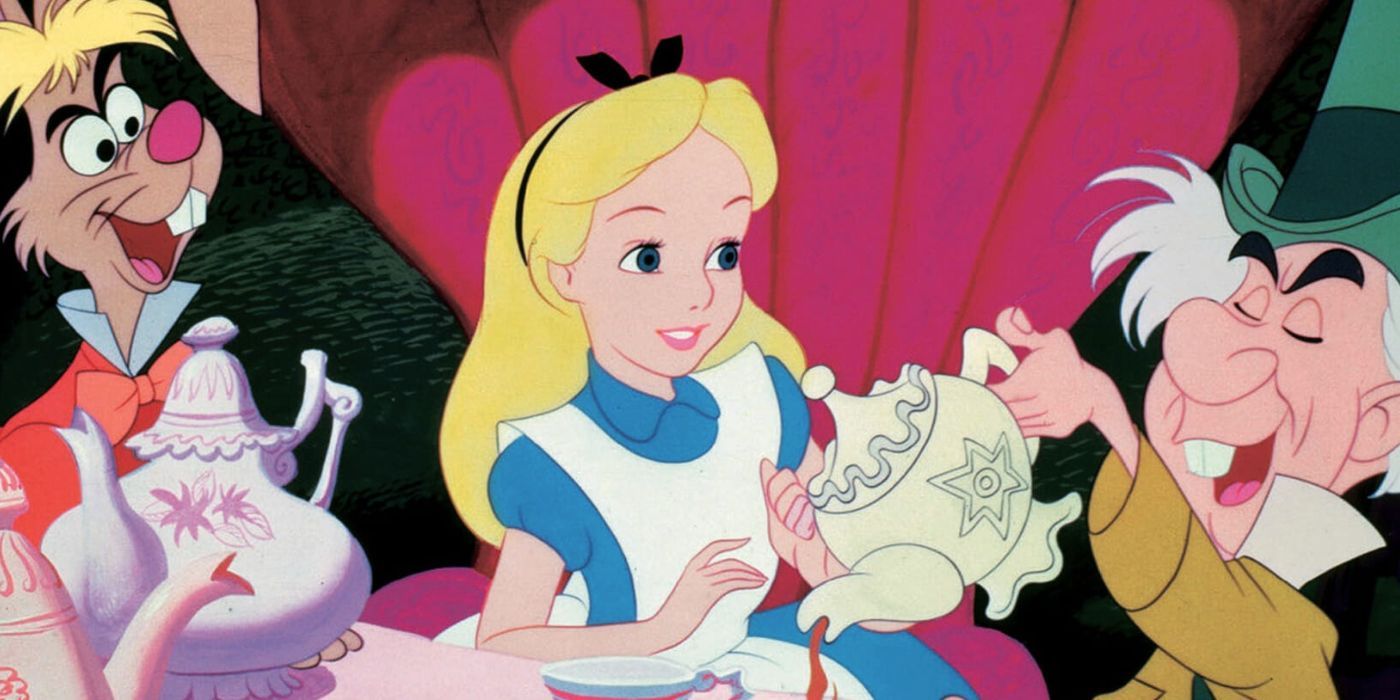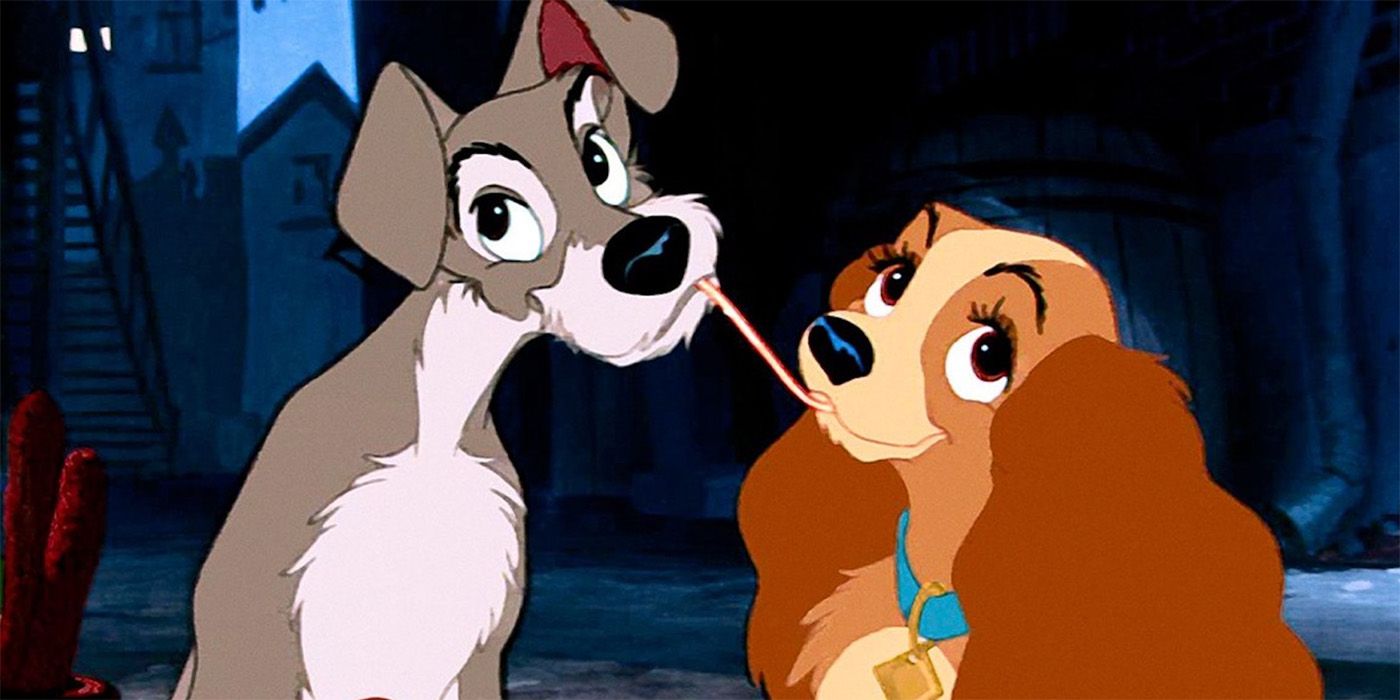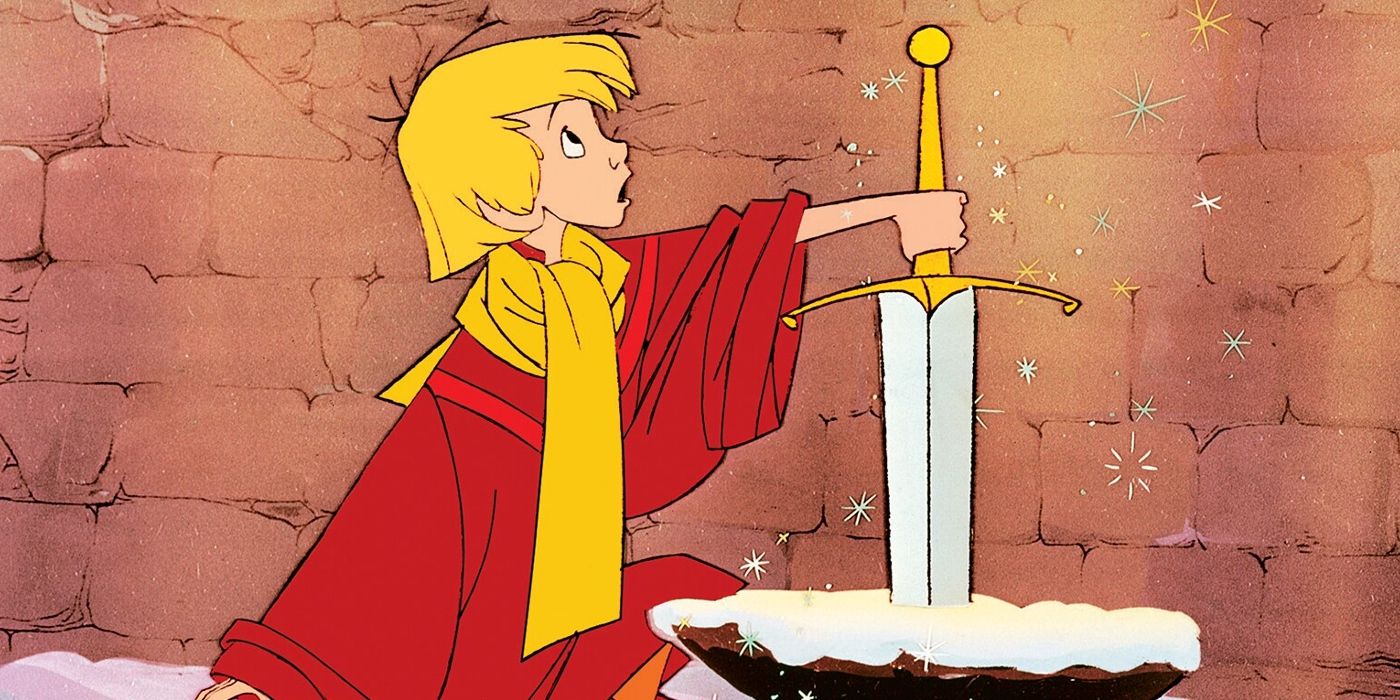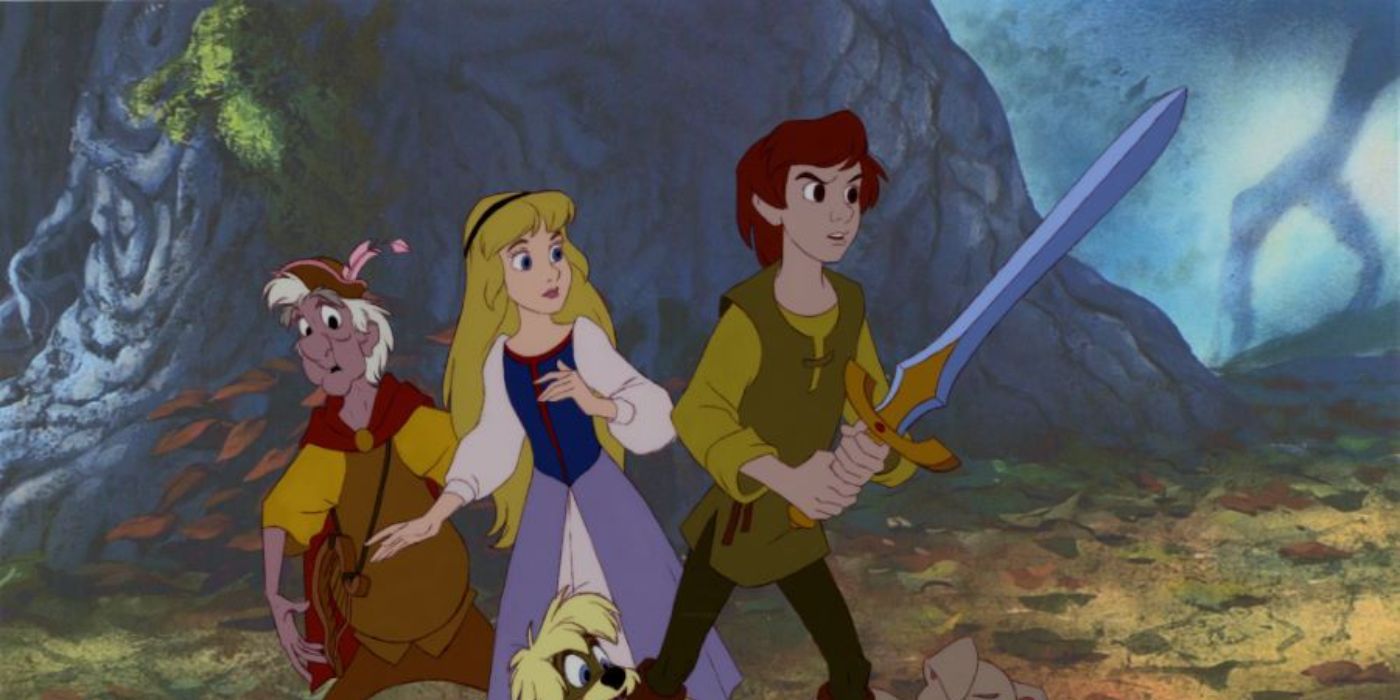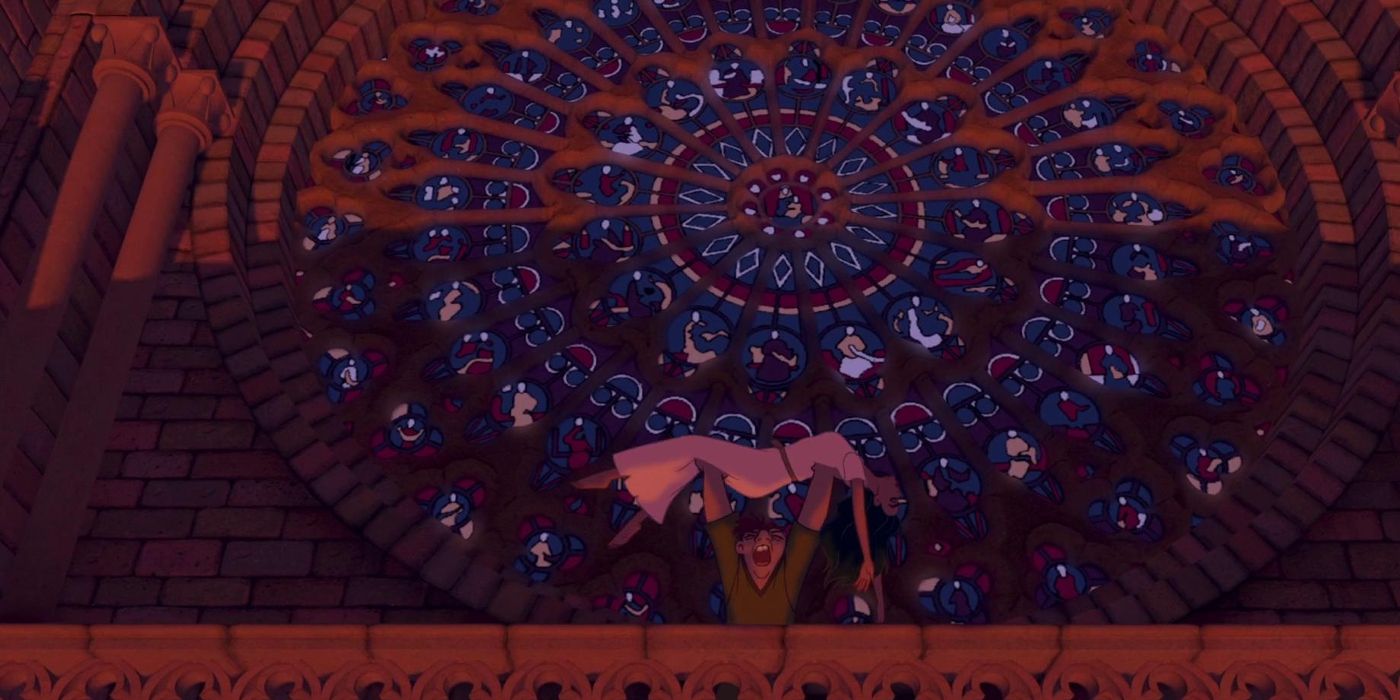In commemoration of the company’s 100th anniversary, Walt Disney Animation recently debuted a newly restored 4K presentation of 1950’s Cinderella on Disney+, with a restoration of the studio’s debut feature Snow White and the Seven Dwarfs also coming later this fall. Headlined by art director Michael Giaimo and legendary animator Eric Goldberg, both new editions of these animated masterpieces employ painstaking archival work and remastering of the original negatives to maintain the filmmakers’ original artistic vision, rendering the immortal classics with immaculate brilliance beyond what has ever been available before from the “Disney Vault”. Remasters of this quality make decades old animation look as good as new and continue the studio’s efforts to keep its treasured past preserved and its animated legacy fresh for a new generation.
While films like Snow White and Cinderella are absolute priorities for this new wave of restoration, here are some other Disney Animation titles that should be the next to get the 4K treatment:
‘Pinocchio’ (1940)
While Snow White has the historic distinction of innovating the full-length animated feature, Pinocchio surpasses it on every front and makes for a more cohesive and visually engaging film. While adapted many times over as recently as last year, Disney’s take on the immortal story of the little wooden puppet who wanted to become a real boy executes the animated medium to a cinematic film form far more effectively than Snow White by employing a grander scale in both its narrative and particularly its visuals.
Pinocchio’s animation immediately elevated the standard set by its predecessor, pushing the art of visual effects and character animation to new heights deserving of new restoration. The meticulous details seen in Geppetto’s workshop and the spectacular animation of its intensely enthralling sequences with Monstro the whale and Pleasure Island make it an animated marvel worth revisiting.
‘Fantasia’ (1940)
Dubbed initially as “the concert feature”, Fantasia represents the absolute peak of draftsmanship and artistry in Disney Animation’s golden age. The fusion of animated vignettes and classical music not only stands as one of the undisputed Disney classics, but also as one of the greatest films of all time. From “The Sorcerer’s Apprentice” to “A Night on Bald Mountain”, the film is dripping with iconic moments and experimental animation that some would argue has yet to ever be topped by the studio’s later efforts.
A 4K remaster of Fantasia is not only encouraged, but necessary to preserve the film’s innovative surround soundtrack and the often psychedelic subtleties of its animation. Most of what makes Fantasia’s animation stand out from the contemporaries of its era is the upfront musicality and unconventionally interpretive nature of its sequences. The expressive richness of color and painterly rendered abstract shapes incorporate details that previous restorations have still yet to fully capture.
‘Bambi’ (1942)
Ironically, Bambi has a lot more to offer than most audiences can recall outside its memorable moments. The film’s cutesy scenes of the titular forest prince playing with his cuddly forest friends indeed make it a fondly remembered Disney favorite and the dramatic death of Bambi’s mother continues to scar children with each passing generation, but the film’s environmental artistry is just as masterfully expressive as it is naturalistic.
The story is firmly set in the world of the forest across the yearly turn of the seasons and conveys itself with an ethereal naturalism that could only be captured in animation. The amplification of colors and shadows to accompany powerfully emotional scenes make Bambi a masterclass in filmic expressionism. The background work from lead production illustrator Tyrus Wong gives the forest an otherworldly atmosphere that warrants a new restoration to be seen in its full subtle dramatic beauty.
‘The Three Caballeros’ (1944)
The second of two films inspired by the Disney artists’ goodwill trip to South America, The Three Caballeros may seem an odd choice to be given an immediate 4K remaster alongside undisputed landmark classics, but it features larger than life surrealism and a groundbreaking moment of filmmaking that deserves new restoration. Starring a trio of avian Romeos, the film follows Donald Duck, José Carioca and Panchito Pistoles along a celebration of Brazilian and Latin American cultures in an explosion of colorful scenery, lively cartoony antics and beautiful music.
The film’s vibrant and fast-paced animation make it a landmark of the package film era, but what makes it the most historically noteworthy and deserving of new restoration is its surrealist blending of live-action performers with animated characters. Decades before Who Framed Roger Rabbit popularized the practice of having cartoons and real people coexist, The Three Caballeros performed a practical ballet of animation and live action in performative and immersive ways that added to the film’s beautifully chaotic energy.
‘Alice in Wonderland’ (1951)
More so than any other Disney feature, Alice in Wonderland builds itself on its design and color script to convey both character and atmosphere. The film’s unapologetically mad setting of bizarre characters and absurd locations carefully balance delightfully silly weirdness with threateningly liminal spaces, clashing with the realistic mannerisms and reserved colors of Alice herself. The film relies on visual gags and the distortion of the familiar to make Wonderland itself feel like a presence in the very basic story.
The film’s greatest artistic asset is its colors. The saturation and direction of colors and lighting by designer Mary Blair gives the film a visually stark identity all its own and creates a contrast with the real world to make Wonderland feel dreamlike, but believable cohesive as its own reality. A new restoration would make the colors pop against the dark backgrounds even more than they already do.
‘Lady and the Tramp’ (1955)
Although it may not seem like it, Lady and the Tramp is a big movie. While the story of two star-crossed canines who fall in love over a shared spaghetti dinner is not a narratively grand romantic epic, the film innovated the first use of widescreen cinemascope for an animated feature. Cinemascope and other large formats were employed to entice audiences back to the theaters after the advent of television had made home viewing far more accessible.
Much like how films made in 3D tailored themselves to the gimmick’s spectacle, Lady and the Tramp’s widescreen format allowed the animation of the characters to occupy a grander stage and the layout artists a wider canvas for backgrounds. The film’s painterly turn of the century suburban settings rendered the world from a dog’s perspective in exquisite fashion, giving a grand cinematic scale to the domesticated pet world that would dazzle in 4K.
‘Sleeping Beauty’ (1959)
Just as its title implies, Sleeping Beauty is the beautiful epitome of a classic Disney fairy tale perfect for 4K restoration. Much like Lady and the Tramp, it uses the cinemascope format to fill the screen with artistry and expand the spatial limits of animation but does so consistently in a far more spectacular fashion. The story of the cursed princess protected by three good fairies from the mistress of all evil takes huge advantage of its wide format to render its storybook world in the style of medieval tapestry work or illuminated scripture.
The film is also fiercely stylized compared to the two princess films that preceded it, implementing a more geometric layout and character design, eye-popping visual effects and expressively dramatic colors that are just as vibrant as they are dimly grim. The film stands as one of the most expensively produced features of Walt Disney’s day and the budget shows all over the screen.
The Xerox era films
After Sleeping Beauty failed to make back its monstrous budget against its long production history, films made in the years that followed used the newly developed Xerox process, which enabled the animators’ exact pencil drawings to be photocopied directly onto the animation cels ready to be colored. While the advent of this process meant the loss of a lot of the meticulously inked line work and subtle details, it allowed the sketchy draftsmanship of the animator’s pencil strokes to be visible on screen and the animation itself to have a lot more fluidity and personality.
The films of this era have garnered a reputation of using the Xerox process to infamously copy animation from previous films as a cost-cutting measure, but the process itself helped give the characters and their animators a more visible presence on screen. The emphasis of this era was to base films on character more than they had ever before, pulling focus away from the spectacular visual effects and sequences and more on story and personality. Films like 101 Dalmatians, The Jungle Book, Robin Hood and The Sword in the Stone gave the Disney animation a tactile aesthetic and liveliness of character animation that would thrive in 4K.
‘The Black Cauldron’ (1985)
The Black Cauldron has a tough reputation as one of Disney’s worst animated features. It came out during a time when the studio was struggling to maintain audience interest and internally restructure itself to its former glory. The film itself did not help Disney get back to its roots as despite it being a classic fairy tale story, it was grimly darker and more violent than what audiences expected from the Disney name.
However, in the years since, it has gained a cult following of devoted fans that recognize the film’s artistic merits. The film’s animation is oozing with 80s fantasy atmosphere and featured the first use of computer effects in a Disney animated film. A 4K restoration would vindicate long-time fans to give them the definitive edition of their underrated cult favorite while also introducing new audiences to the film’s Gothically foreboding art direction.
‘The Hunchback of Notre Dame’ (1996)
Starting with The Rescuers Down Under, the films of the ’90s Disney renaissance were digitally assembled and colored through the CAPS program. This gave the films a crispness and depth of quality that Disney animation had never been able to achieve in the decades prior. Because of this, films of this era are easier to restore in 4K as the artwork already exists in digital form and ready to be remastered with each new media format. Although the decade’s most popular films (The Little Mermaid, Beauty and the Beast, Aladdin and The Lion King) have already received 4K releases, the one that deserves a new restoration the most is the one that includes the studio’s highest artistic heights of the decade.
The Hunchback of Notre Dame is a brilliant film in every way and has everything that makes Disney animation worth archiving. By virtue of being set in the famed Notre Dame cathedral, the layout and backgrounds alone feature a degree of details worthy of its real-life Paris counterpart. The film’s use of warm colors and theatrical lighting help extenuate the dramatic scale of the story, pushed further by the carefully modeled expressive animation. Furthermore from its visuals, revisiting The Hunchback of Notre Dame’s approach to the original Victor Hugo story is vastly needed in today’s world as a tale of fighting persecution and championing social justice would not only be welcomed but embraced by a modern audience.


